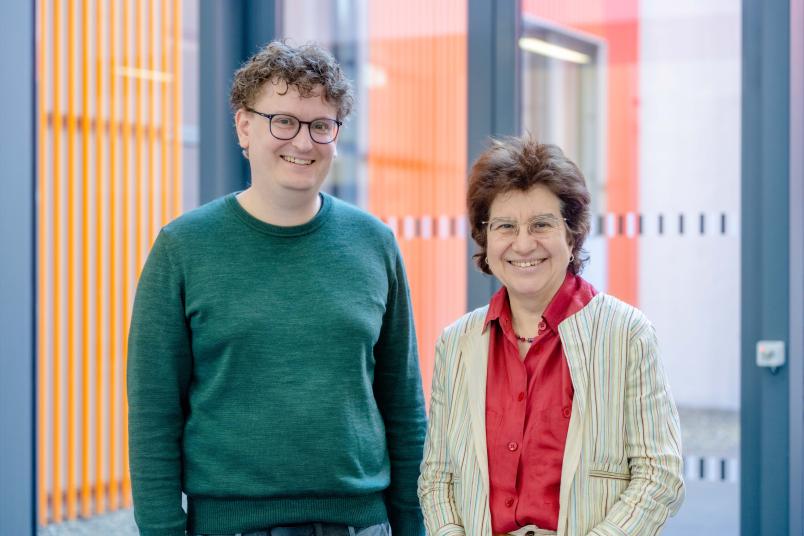Chemistry
Fast light pulse triggers charge transfer into water
Using a new technique, researchers were able to observe live what happens in the first picosecond when a proton detaches from a dye after exposure to light.
In certain molecules, the so-called photoacids, a proton can be released locally by excitation with light. There is a sudden change in the pH value in the solution – a kind of fast switch that is important for many chemical and biological processes. Until now, however, it was still unclear what happens at the moment of proton release. This is exactly what researchers in the Cluster of Excellence Ruhr Explores Solvation RESOLV at Ruhr University Bochum, Germany, have now been able to observe in an experiment using new technology. They observed a beating between solute and solvent initiating a tiny quake, lasting only three to five picoseconds, before the proton starts to detach. They report on this in the journal “Chemical Sciences” of 16 March 2023.
So far, the focus has been on dye or base
One of the most studied so-called photoacids is pyranine, the fluorescent dye used, for instance, in yellow highlighters. “Despite a wealth of experimental studies, the process that is at the very beginning of proton detachment still remained the subject of controversial debate,” reports Professor Martina Havenith, spokesperson for RESOLV. However, the entire detachment process also happens on a time scale of only 90 picoseconds. A picosecond corresponds to a millionth of a millionth of a second.
While previous studies focused mainly on the change of the dye after light excitation, the team was able to observe the change of the solvent, in this case water, during this process for the first time. This was achieved with the help of a newly developed technique, “Optical Pump THz Probe Spectroscopy”.
Ultra-fast energy transmission
“We were able to follow how there is an oscillation at the beginning, which then subsides subsequently,” describes Martina Havenith. “It is exciting to see that the solvent response that promotes excited-state proton transfer could be caught in the act.” The initial ultrafast transfer of energy within less than a picosecond causes a restructuring of the water molecules in the immediate vicinity and opens the way for the subsequent proton migration.
The detection was made possible by the new laser laboratories in the ZEMOS research building. There, all external interference signals, such as those caused by electromagnetic radiation, temperature and humidity fluctuations, are minimised. Only then is it possible to detect even the tiniest tremors in a water jet with the dye.

